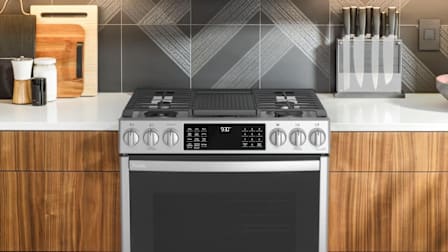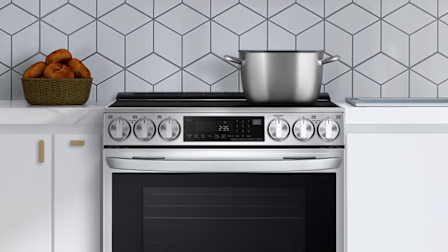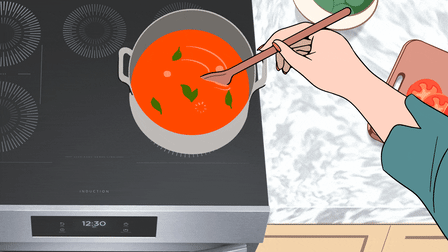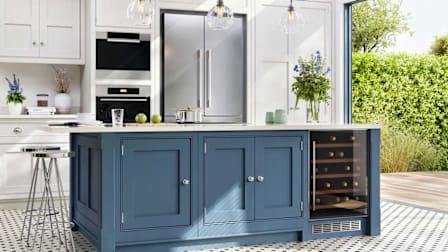Best Electric Ranges of 2026, Tested and Reviewed
These models are less expensive and work with more kinds of cookware than other range types
When you shop through retailer links on our site, we may earn affiliate commissions. 100% of the fees we collect are used to support our nonprofit mission. Learn more.
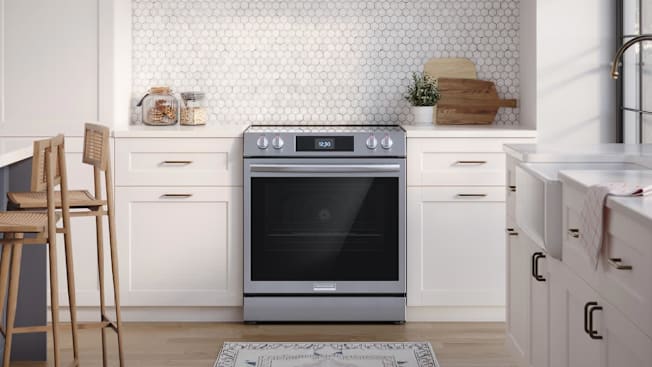
Although they sometimes get a bad rap, electric ranges have a few definite advantages over gas stoves. They tend to boil water faster and often bake more evenly. They’re also easier to clean because they have a smooth glass top largely free of crevices.
But that doesn’t make every electric range a can’t-miss purchase for your kitchen. In our tests, we’ve found wide performance gaps between the best performers and the worst.
“We see some of the biggest differences in how well they bake and broil,” says Kenneth Sutton, who leads range, cooktop, and wall oven testing at CR.
Electric ranges may also be better for the environment and your health because they don’t produce the byproducts associated with gas stoves.
- Best Electric Ranges: Single-Oven Double-Oven
- How CR Tests Electric Ranges
- How CR Picks the Best Electric Ranges
Best Electric Ranges With a Single Oven
If you don’t often bake or broil two things at once, buying a single-oven model can save you money. It will also spare you from having to bend as low as you do with a double-oven range, which usually has its main compartment closer to the floor.
Best Electric Ranges With a Double Oven
Double ovens typically combine a smaller oven on top of a larger one. They’re great if you often bake two things at once at different temperatures. There are some drawbacks, however, notably the extra bending required to reach the bottom oven, and the absence of a storage drawer.
How CR Tests Electric Ranges
We test electric ranges with the same rigor used in evaluating all ranges. We bake hundreds of cakes and cookies a year and take thousands of precise temperature measurements to see how well each model bakes. We wire a broiler pan with special high-heat thermometers, called thermocouples, to measure not only how evenly a broiler heats but also whether it gets hot enough to sear.
As for the cooktop, we measure how quickly it brings 4 liters of water to a near-boil (our “cooktop high” test). We also test how well a burner can maintain more modest temperatures for tasks like simmering tomato sauce or melting chocolate (our “cooktop low” test).
We also gather data on each brand’s reliability. To do that, we ask CR members whether their ranges have broken or stopped working as they should within the first five years of ownership, so we can see which brands are most reliable. If you’re shopping for a new electric range because your old one broke, we have a calculator (and plenty of expert advice) to help you decide whether to repair or replace it.
How CR Picks the Best Electric Ranges
While sleek styling and a dazzling array of features might impress, what’s most important is a range’s ability to perform some very basic tasks really, really well, day in and day out. And that’s what we zero in on when we’re choosing the best electric ranges. Here’s what our recommended ranges have in common:
They heat water fast. The best ranges in our tests bring a large pot of water to a near-boil quickly.
They simmer steadily. They have a low-heat burner that maintains a steady temperature when simmering liquids, so you don’t need to stir constantly to avoid scorching.
They bake and broil evenly. Cakes and cookies emerge uniformly baked from multiple racks. And the broilers heat evenly while still getting hot enough to sear.
They offer plenty of space. Many manufacturers inflate oven sizes by counting the space you can’t cook with, like the bottom of the oven. We measure and score usable capacity from the lowest rack position.
They self-clean well. For ranges with a self-cleaning feature, we bake a truly disgusting mixture of eggs, tapioca, pie filling, and a few other tough-to-remove foods onto the walls of the oven and then run the self-clean cycle. Then our techs give each model a good wipe-down to see how effectively the self-clean feature loosens grime. (That said, many ranges don’t have a self-clean feature, and that’s okay, too. Here’s how to clean an oven without a self-clean setting.)
They’re reliable. We survey thousands of CR members each year about the reliability of their gas, electric, and pro-style ranges, and tabulate scores based on those responses.






























